Keeping guppies (Poecilia reticulata) in home aquariums has been a popular hobby for decades, thanks to their vibrant colors, lively personalities, and relatively easy care requirements. One of the most fascinating aspects of guppy keeping is understanding the differences between males and females, as well as developing effective strategies for mixed-gender tank setups. Whether you're a beginner or an experienced aquarist, mastering these elements can significantly enhance your guppy-keeping experience.
Sexing Guppies: Key Differences Between Males and Females
Distinguishing male and female guppies is relatively straightforward once you know what to look for. Males are typically smaller, measuring around 1.5 to 2 inches in length, while females can grow up to 2.5 inches. The most striking difference lies in their coloration—males display flamboyant, iridescent patterns across their bodies and tails, a trait evolved to attract females. Females, on the other hand, tend to have more subdued colors, often appearing in shades of gray or pale gold with minimal patterning.
Another telltale sign is the shape of the anal fin. In males, this fin is modified into a slender, pointed gonopodium used for mating. Females have a broader, fan-shaped anal fin. Additionally, females often exhibit a gravid spot—a dark patch near the rear of the abdomen that becomes more pronounced when they are pregnant. Observing these physical traits allows aquarists to easily identify the sex of their guppies, which is crucial for breeding or maintaining a balanced tank environment.
Behavioral Differences and Social Dynamics
Beyond physical appearance, male and female guppies exhibit distinct behaviors. Males are highly active and constantly pursue females in an attempt to mate, which can sometimes lead to stress for the females if not properly managed. Females, while generally more passive, can display territorial tendencies, especially when pregnant. They may seek out secluded areas of the tank to give birth or avoid persistent male attention.
Understanding these behavioral nuances is essential when planning a mixed-gender tank. Overcrowding or an imbalanced male-to-female ratio can lead to aggression, stress, and even health issues. A common recommendation is to maintain a ratio of at least two or three females per male to distribute mating pressure and reduce harassment. Providing ample hiding spots with live plants, caves, or floating vegetation can also help create a more harmonious environment.
Mixed-Gender Tank Strategies: Balancing Beauty and Harmony
Successfully keeping male and female guppies together requires careful planning. One of the biggest challenges is managing their prolific breeding habits. Guppies are livebearers, meaning females give birth to free-swimming fry rather than laying eggs. Without intervention, a single pair can quickly overpopulate a tank. To control breeding, some aquarists opt for single-sex setups, but if you prefer a mixed tank, strategies like introducing natural predators (such as small tetras) or separating pregnant females can help manage fry populations.
Tank size and layout also play a critical role. A larger aquarium (20 gallons or more) provides enough space for females to escape male attention and reduces territorial disputes. Dense planting, such as Java moss or hornwort, offers shelter for fry and stressed adults while enhancing the tank’s aesthetics. Regular monitoring of water parameters—temperature, pH, and ammonia levels—is equally important, as guppies thrive in stable, clean environments.
Health Considerations in Mixed Tanks
Mixed-gender setups can sometimes lead to health challenges. Constant mating attempts can weaken females, making them more susceptible to diseases like fin rot or fungal infections. Pregnant females, in particular, require high-quality nutrition and minimal stress to ensure healthy offspring. Feeding a varied diet of flakes, brine shrimp, and vegetable matter helps maintain their vitality.
Additionally, male guppies may experience fin nipping if kept with aggressive tank mates or in high-stress conditions. Choosing peaceful companions like neon tetras or Corydoras catfish can mitigate this risk. Quarantining new fish before introducing them to the main tank is another best practice to prevent the spread of illnesses.
Conclusion: Crafting the Ideal Guppy Community
Keeping male and female guppies together can be a rewarding endeavor when approached thoughtfully. By recognizing their physical and behavioral differences, maintaining proper ratios, and designing a tank that meets their needs, aquarists can enjoy the dynamic beauty of these fish without compromising their well-being. Whether you’re breeding guppies for their dazzling varieties or simply appreciating their lively presence, a well-planned mixed-gender tank offers endless fascination.

By /Jun 28, 2025
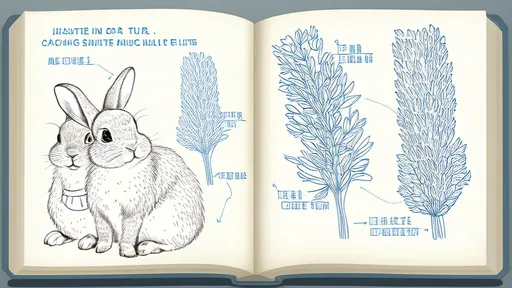
By /Jun 28, 2025

By /Jun 28, 2025
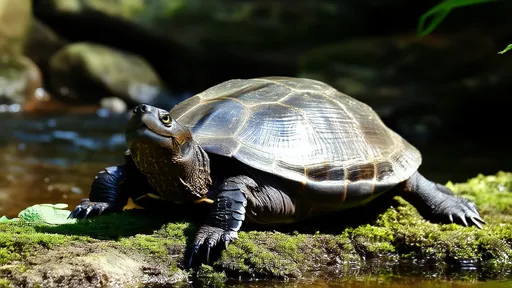
By /Jun 28, 2025
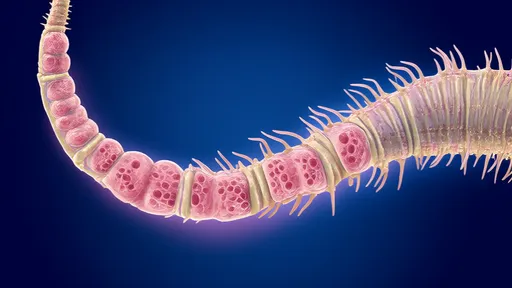
By /Jun 28, 2025

By /Jun 28, 2025
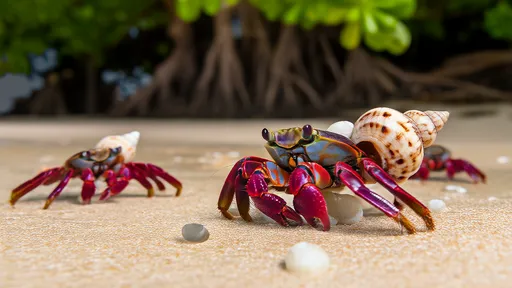
By /Jun 28, 2025

By /Jun 28, 2025
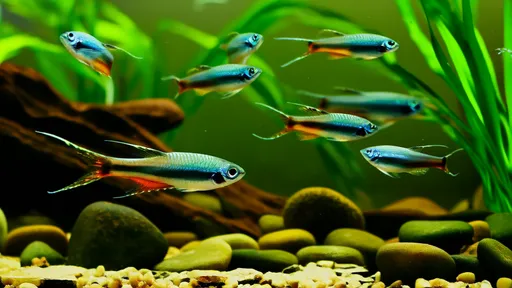
By /Jun 28, 2025
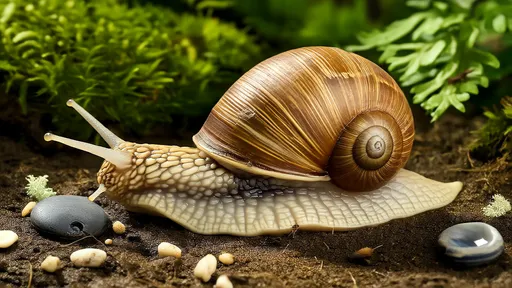
By /Jun 28, 2025
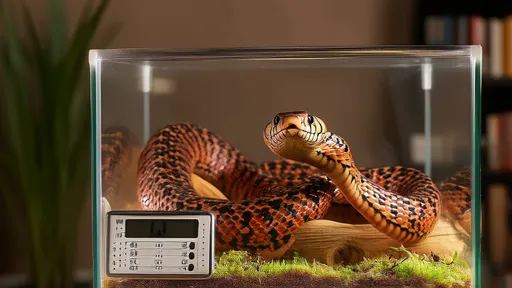
By /Jun 28, 2025
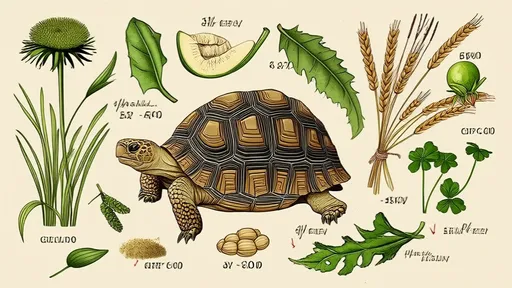
By /Jun 28, 2025
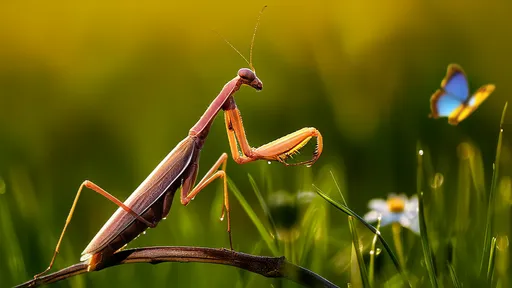
By /Jun 28, 2025
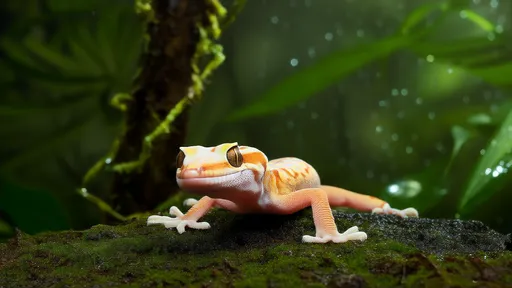
By /Jun 28, 2025
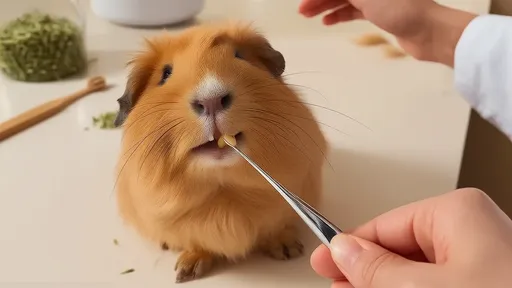
By /Jun 28, 2025

By /Jun 28, 2025